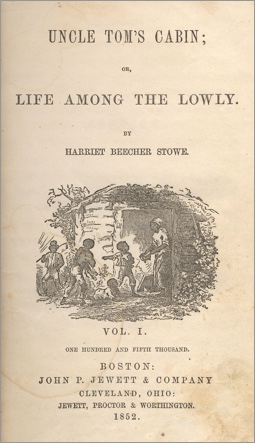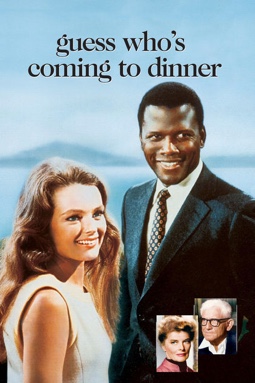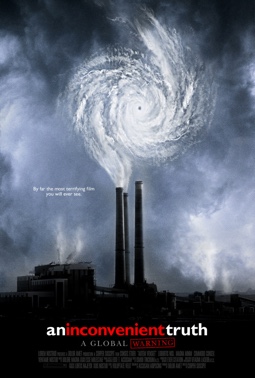
Media and Social Impact
As early as Plato’s Republic in 380 BCE, media has had an influence on individuals and society. Works of literature created characters and stories that had and continue to have a powerful effect on people’s views about power structures, cultural practices, and societal systems. In 1851, Harriet Beecher Stowe’s, Uncle Tom’s Cabin helped change the attitudes of slavery in the North and it continues to serve as a reminder of the effects of slavery and other inhumane acts. Rachel Carson’s Silent Spring helped launch the modern environmental movement and ultimately led to the nationwide ban of DDT.
During the 20th century, the growth of mass media was driven by technology and the introduction of radio, television, and video. By the 1950’s, television had become the primary medium for influencing public opinion. And in 1967, Congress established the Corporation for Public Broadcasting (CPB), and in turn, the Public Broadcasting Service (PBS) and National Public Radio (NPR).
Public media often reflected the issues of the day, with television shows being produced against the backdrop of the Vietnam War and the civil rights movement, highlighting topical issues like institutional racism, desegregation of schools, and socioeconomic inequality. One of PBS’s initial shows, Sesame Street, intentionally addressed social issues; and after 45 years the show remains one of the most impactful and cost-effective childhood education interventions ever initiated, with particular gains for disadvantaged children.
Yet, media in the Internet age is a paradox. Incredible amounts of new data are being created -- the equivalent of 90 years of HD video or 250,000 Libraries of Congress worth every single day! And because of the proliferation of digital platforms like YouTube, Hulu, Amazon, Apple TV, Google, Facebook, and Twitter; 20th century platforms like newspapers, radio and television no longer dominate how content is delivered to audiences. With the necessary hardware and software literally in the pockets of millions of people, nearly anyone can become a media producer and distributor to large and small audiences alike – and at relatively low cost.
But with all of this new data and all of these new distribution options, artists can find it harder and harder to break through the clutter. Likewise, audiences find it difficult to sift through the noise and find something truly original, meaningful, and trustworthy.
As a result, the public good is not being well served. Representation of women and minorities in Hollywood still remains extremely lacking. According to a study by USC-Annenberg “just one-third of speaking characters were female, and just 28.3 percent of characters with dialogue were from non-white racial/ethnic groups, though such groups are nearly 40 percent of the U.S. population.” Moreover, “just 3.4 percent of film directors were female, and only 7 percent of films had a cast whose balance of race and ethnicity reflected the country's diversity. In broadcast TV, 17 percent of directors were female and 19 percent of programs were ethnically balanced.”
And there is still a dearth of quality, culturally relevant content for lower-income and traditionally underserved populations, despite the fact that lower-income consumers —those who earn less than $30,000 per year—now represent about 30 percent of the U.S. population and spend more time online than other income groups, averaging more than nine hours a month on Facebook and streaming more online video than other consumers as well.
Trust in media is also at an all-time low. In the age of “fake news” and “alternative facts,” a recent Gallup poll shows that only 32% of Americans trust mass media, compared to a rate of 72% in 1976, indicating a need for greater curation and distribution of media from trusted, politically-agnostic sources.
Even when media does inform and inspire its audience, there are scarce opportunities for meaningful follow-up or action-related next steps. Take cause-related activism for example-- while there is little doubt that social networking platforms like Twitter and Facebook have played an important role in political movements like the Arab Spring and others, the increasingly commonplace action of “liking” causes on social media raises the question of whether it is doing any good. In fact, there is evidence that while clicking “like” helps us to feel good about ourselves (and good in the eyes of others) it actually decreases our need to take more substantial, meaningful action.
Ultimately, however, there are clear upsides and opportunities abound. Demographic shifts are revealing promising patterns, as Millennials (those aged 18-34 in 2015) have surpassed Baby Boomers as the nation’s largest living generation, and whose sheer numbers will amplify their impact on society. There is already growing evidence that businesses are accommodating Millennials who “prefer to do business with corporations and brands with pro-social messages, sustainable manufacturing methods, and ethical business standards.”
The fact is, there is more interesting, inspiring, creative, and useful content to be had, and the tools of the day allow us to consume and share what we find easily. And this ease of distribution will be coupled with new ways to deepen the individual and societal impact of media.



